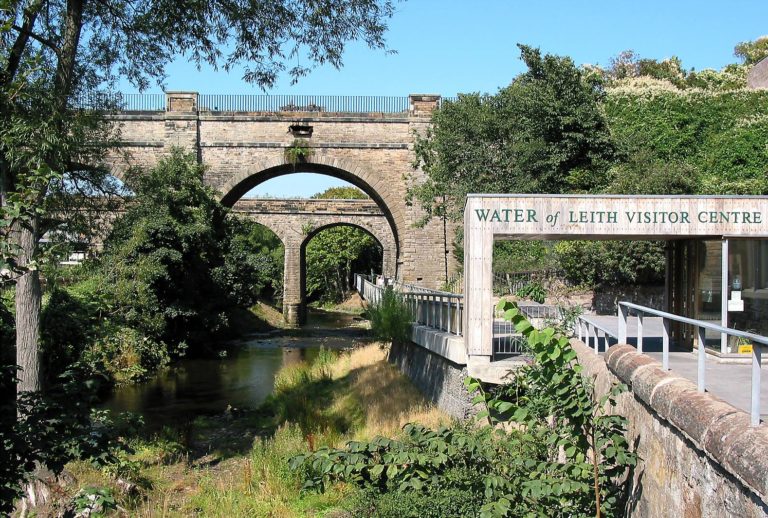Welcome to Leith. The mouth of the Water of Leith river formed a natural harbour, and since Roman time settlements have sprung up on either bank. These were joined by a ford, a ferry and then the first bridge in 1486. The area has a fascinating and long history. It suffered battles between French and English, and religious strife, but by the 18th century the growth of overseas trade and ship-building had made it Scotland’s chief seaport.
It was also an industrial hub for ship-building, sail and rope-making, bottle making, timber yards, and soap and sugar factories. While it served as Edinburgh’s port, and much of its lands were owned by Edinburgh, it was a separate and independent burgh from 1833 until 1920, when its amalgamation into the capital was resented by many Leithers. A downturn in Leith’s industries in the 20th century has caused a slow decline in Leith, which was only arrested in the 1980s with greater public and private investment.
Now there are signs of revitalization everywhere, with restored buildings along the shore and at the waterside a cruise liner terminal and the former Royal Yacht ‘Britannia’ all acting as a magnet for visitors. Leith has had to wait a long time for all this, but then the town’s motto is “Persevere”.
The Walkway continues along the part pedestrianised street called The Shore. This impressive row of buildings might be said to be the heart of Leith, with its mix of housing in the Timber Bush, and its variety of waterside bars and restaurants. Here we see further works of artwork, memorials and statues of interest including a reminder of another side of Leith’s history, a harpoon gun once used on whaling vessels by the firm Christian Salvesen. The final audio point is at the end of the Walkway at the Victorian Swing Bridge.
–
Video by Jim Cross, Edinburgh U3A Movie Makers Group



